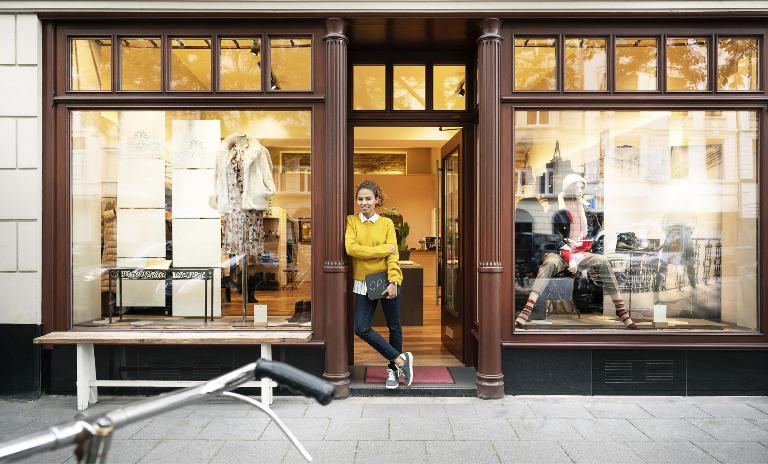Physical retail has been massively disrupted by Covid-19. Read now, how the convenience-experience spectrum helps retailers to transform their role accordingly.


Reimagining retail space
Food for thought for physical retailers
Covid-19 has turbocharged many of the trends currently impacting the business world. New ways of working have become mainstream and e-commerce has expanded strongly. These pandemic-related trends, working in tandem with broader tendencies from before the crisis, have direct consequences for the amount of space now required for working, living and – critically – buying and selling. In the past, retailers could often improve their top line simply by increasing their retail space. Now, with less and less retail space required, they must develop alternative strategies for unused floor space. What are their options? How can they reimagine retail space? And what shift of mindset is needed to ensure that physical retail remains relevant over the coming decades?

Three options for decision-makers
The overall goal for retail remains to improve footfall and average basket size. The first option for decision-makers is thus to retain their current retail space and enrich it with new retail concepts. Examples include "retailtainment" offering customers one-of-a-kind experiences, tutorial corners for advanced product support and workshops, micro-spaces rather than large-scale formats, pop-up stores and in-store concessions, warehousing in parts of larger stores no longer required for retailing, and giving over space to e-commerce players eager to establish a physical presence. Where this is not viable, a second option is to combine the retail space with a non-retail element – a gym, restaurant, educational facility or health center, say. A third option is to replace the retail space completely with something else, such as service providers, small urban manufacturers or inner-city housing.
Keeping bricks-and-mortar relevant
Landlords, tenants and urban planners have a range of tools at their disposal to ensure that physical retail remains relevant in the coming decades or, where this is impossible, to repurpose unneeded retail space. When implemented correctly, these measures can yield a wide array of benefits, from reduced operating costs to diversified revenue streams. But this process of refocusing needs to be anchored in a shift in mindset. Rather than looking at surface-area productivity as a key metric, businesses should expand their vision to include areas of their stores that do not generate revenue directly, but rather boost marketing and brand-building.
Questions for decision-makers
We advise players in the retail sector to consider four key questions before launching any space improvement projects. First, how much space do they really need? Second, how can they increase footfall? Third, which spaces need to be closed, which rightsized, and which refitted? And fourth, what action should they take immediately? The answers to these questions can also underpin their medium-term strategic decisions – and help them formulate a robust vision for the future.
Register now for our newsletter and get regular insights into Consumer Goods & Retail topics.





